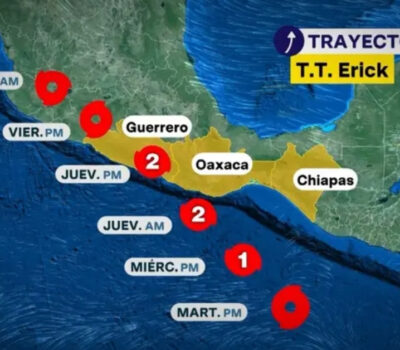Puerto Vallarta, Mexico – The Mexican peso experienced a significant depreciation on Tuesday, emerging as the most affected currency among major global peers against the U.S. dollar. The peso weakened by 2 percent, equivalent to 40.61 cents, closing the day at 20.6894 pesos per dollar in spot markets. This marked the currency’s worst performance in over two years, reflecting escalating financial pressures and geopolitical uncertainty.
The sharp decline followed remarks by U.S. President-elect Donald Trump, who pledged to impose a 25 percent tariff on all imports from Mexico and Canada, alongside a 10 percent hike on existing duties applied to Chinese imports. These protectionist policies have raised fears of further economic strain in Mexico, which heavily relies on trade with its northern neighbor.
Peso Hits Two-Year Low Amid Rising Losses
Tuesday’s figures represented the weakest level for the Mexican peso since August 2022. The currency’s year-to-date losses accelerated to 16.8 percent, underlining the mounting challenges facing Mexico’s economy.
Data from the Bank of Mexico (BdeM) revealed that the peso traded within a range of 20.6200 to 20.8330 units per dollar throughout the day, underscoring heightened volatility in foreign exchange markets.
The peso’s slide is also set against a backdrop of a stronger U.S. dollar, as the dollar index—a measure of the greenback’s strength against a basket of six major international currencies—rose 0.07 percent to reach 106.840 units. The dollar’s resilience reflects cautious investor sentiment amid growing geopolitical tensions and macroeconomic uncertainty.
Trade Tensions Weigh on the Mexican Economy
The prospect of new tariffs has stoked fears about Mexico’s economic outlook. A 25 percent tariff on all Mexican imports would impact key industries such as automotive manufacturing, agriculture, and electronics, sectors deeply integrated into U.S.-Mexico trade under the United States-Mexico-Canada Agreement (USMCA).
Economic analysts warn that such policies could trigger a contraction in Mexico’s export-dependent economy, exacerbate inflationary pressures, and further erode investor confidence in the peso.
Moreover, the potential ripple effects of these tariffs could extend beyond trade. Increased costs for Mexican goods could lead to reduced demand in the U.S. market, ultimately threatening jobs and business profitability on both sides of the border.
Global Context and Market Sentiment
The peso’s performance aligns with broader market reactions to rising geopolitical risks and economic headwinds. Investor caution is evident across emerging markets, as higher interest rates in developed economies and global trade tensions weigh on risk appetite.
Mexico’s currency remains particularly sensitive to external pressures, given its strong ties to the U.S. economy. The peso’s depreciation not only highlights vulnerabilities in Mexico’s financial system but also reflects broader concerns about global trade disruptions and economic fragmentation.
Puerto Vallarta, Mexico - The Mexican peso experienced a significant depreciation on Tuesday, emerging as the most affected currency among major global peers against the U.S. dollar. The peso weakened by 2 percent, equivalent to 40.61 cents, closing the day at 20.6894 pesos per dollar in spot markets. This marked the currency's worst performance in over two years, reflecting escalating financial pressures and geopolitical uncertainty.












